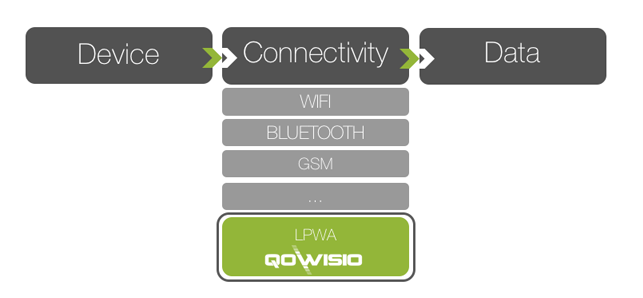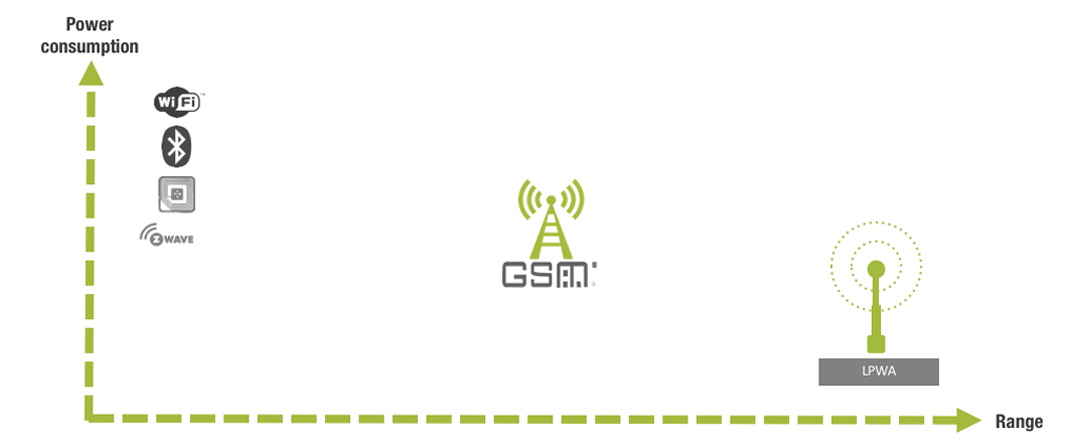To understand, simply and quickly the Fundamentals of the Internet of things (IoT).
The Internet of Things or the Expansion of the Internet in the Physical World
Wacky figures has been released on the number of connected devices present in the world by 2020. Between 50 and 1500 billion has been read here and there. Very clever is the one who can predict where the truth will lie and finally who cares. However, one thing is certain : the trend is indisputable. The number of connected devices will grow exponentially and impose on us. In short, the third industrial revolution is underway.
And it is not the connected devices we used to rub shoulders (smartphones, tablets, connected clothes or other connected cars) that will represent the largest volume. On the contrary, it is all the everyday devices, personal or professional, that are not connected but will become.
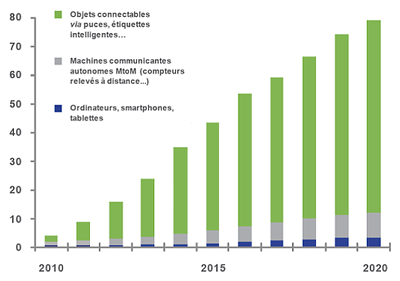
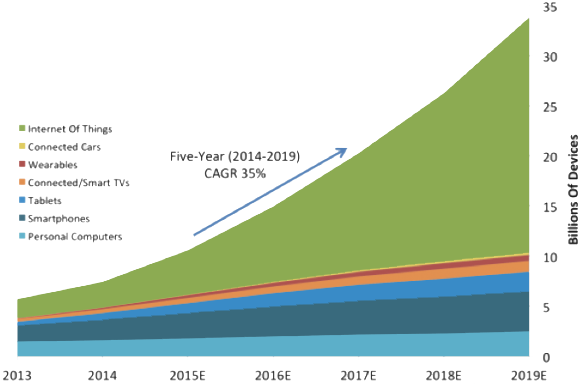
The IoT, why now?
If the IoT explodes, it is mainly due to the “smartphones revolution”. Billions of units sold by Apple, Samsung and others have had three consequences:
- the large volumes allowed to reduce the cost of the components.
- miniaturization of the components. The size of smartphones may not have decreased, but the number of features they included has increased dramatically!
- battery lifetime. Despite Samsung’s recent setbacks and future advances, batteries have far better autonomy today than they did ten years ago.
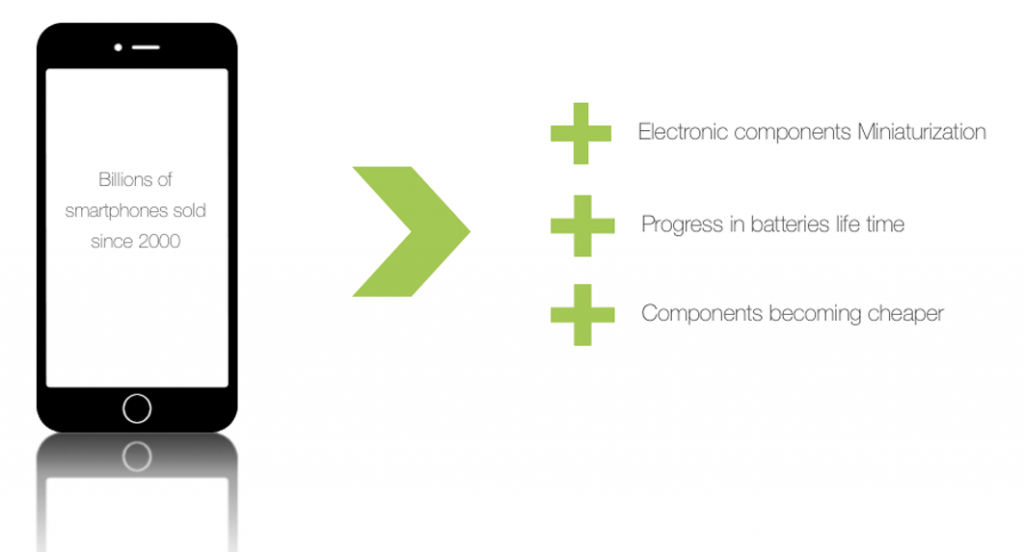
What is the IoT about?
The Iot is: a device, connectivity and data. The central link, connectivity is essential. There are several connectivity solutions, but none meets all uses. It is necessary to arbitrate between the distance, the autonomy of the device, the flow and … the cost. They can be subdivided into 3 groups:
- Short distance protocols. You may know some of them: Wifi, Bluetooth, RFID, Zigbee, Zwave … Their cons: beyond a few meters or even tens of meters, no connection is possible. It can also be noted that you will probably need a monthly subscription to connect your box to the network.
- GSM networks: GPRS, 2G, 3G, 4G and in few years 5G. They can solve part of the problem of distance, up to 25 km in rural areas. You will then have to insert a SIM card into your device to send data to the network. And your telecom operator will charge you at least 2 € per month and per device. When you have hundreds, even thousands of devices to connect, the addition can quickly climb.
- Recently a very innovative type of connectivity is available, the core business of Qowisio, called the “Low Power Wide Area” (LPWA). Like the very high throughput (optical fiber), the LPWA matches with many uses.
LPWA is a solution enabling to transmit information (16 octets) up to 144 times per day. In the manner of twitter and the 140 characters per message, this constraint is also a true freedom and 16 bytes, containing the right information transmitted at the right time, are sufficient to render an incalculable number of services.
LPWA advantages
LPWA networks make it possible to manage small messages efficiently and inexpensively. They have three major advantages:
- Power consumption: the transmission of small volumes of data requires very little energy. It enables to greatly increase the autonomy of batteries, and therefore the sensors lifetime. We do not speak in days or weeks, but in years.
- Communication range: it depends on the protocol. The antennas of the Qowisio network are capable, for example, of listening to devices located at 60 km in rural area with a flat topography (in open field).
- Disruptive price: we are proud to have announced last June connectivity costs of 0.10 € per year and per device. This price, close to free, enables to avoid the question of the connectivity and to concentrate on the usages (we will return in a next article).
